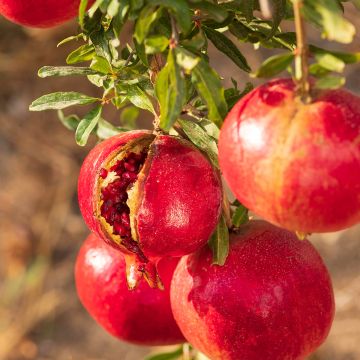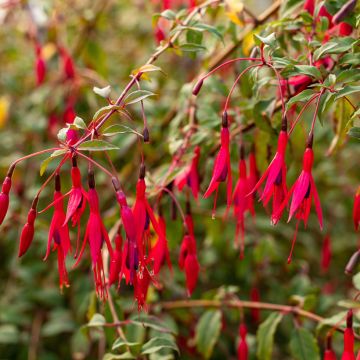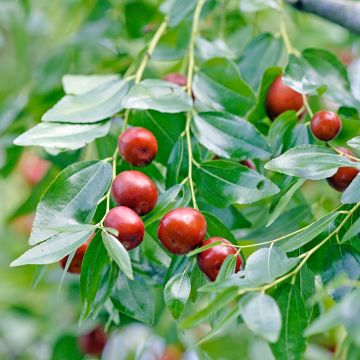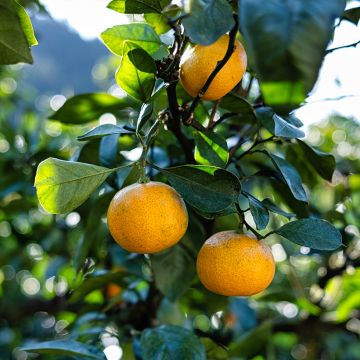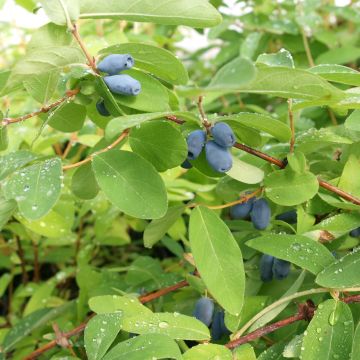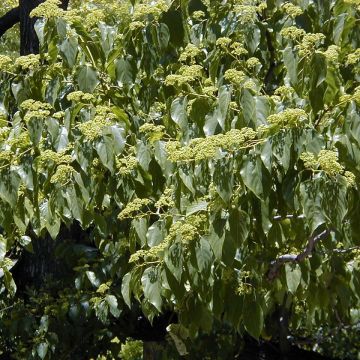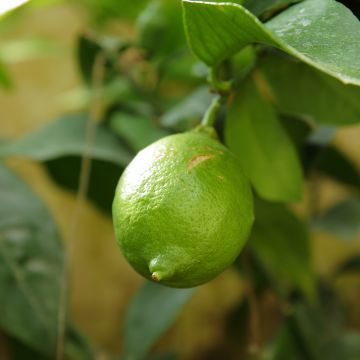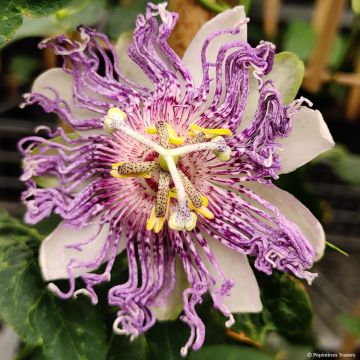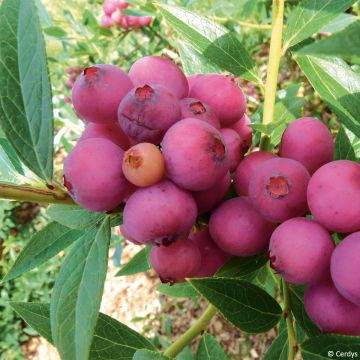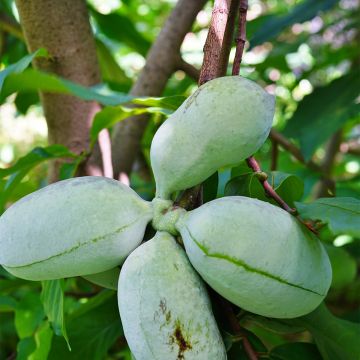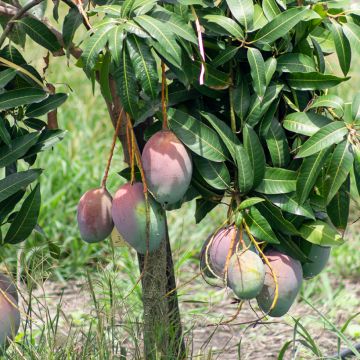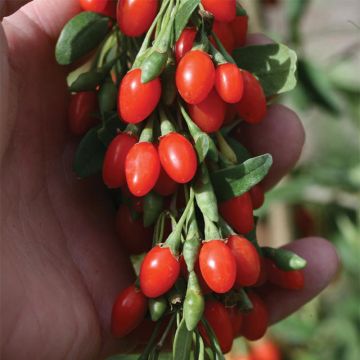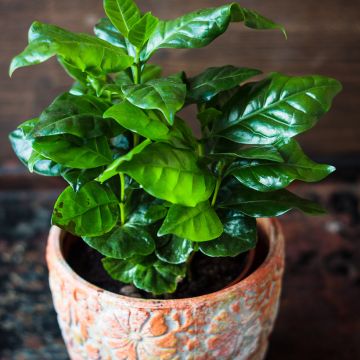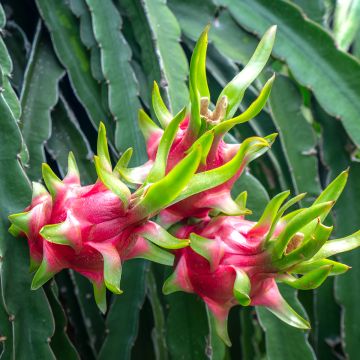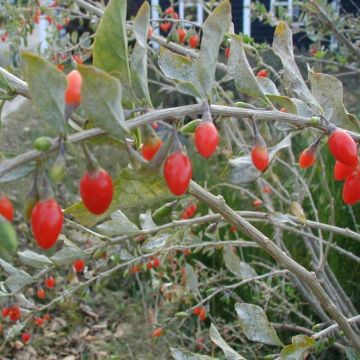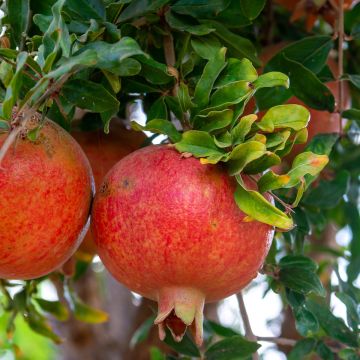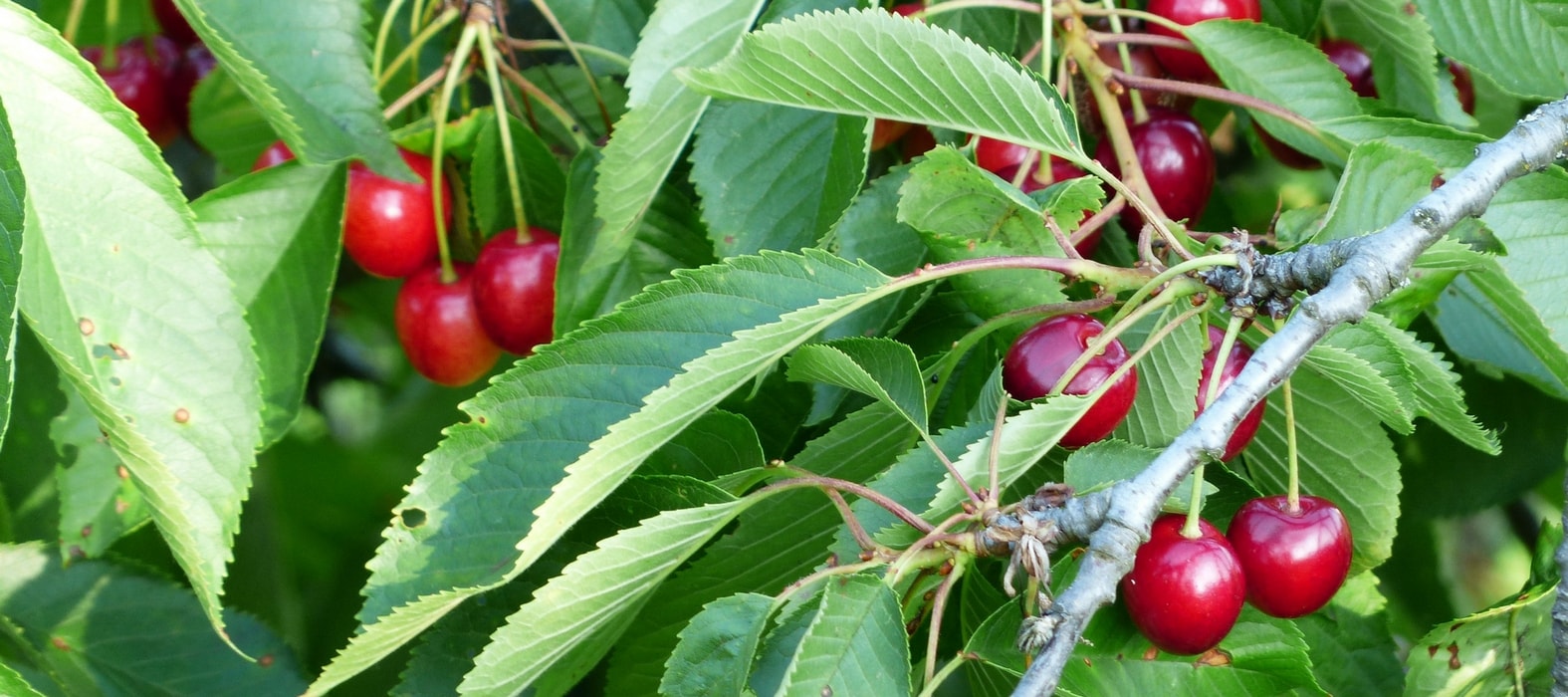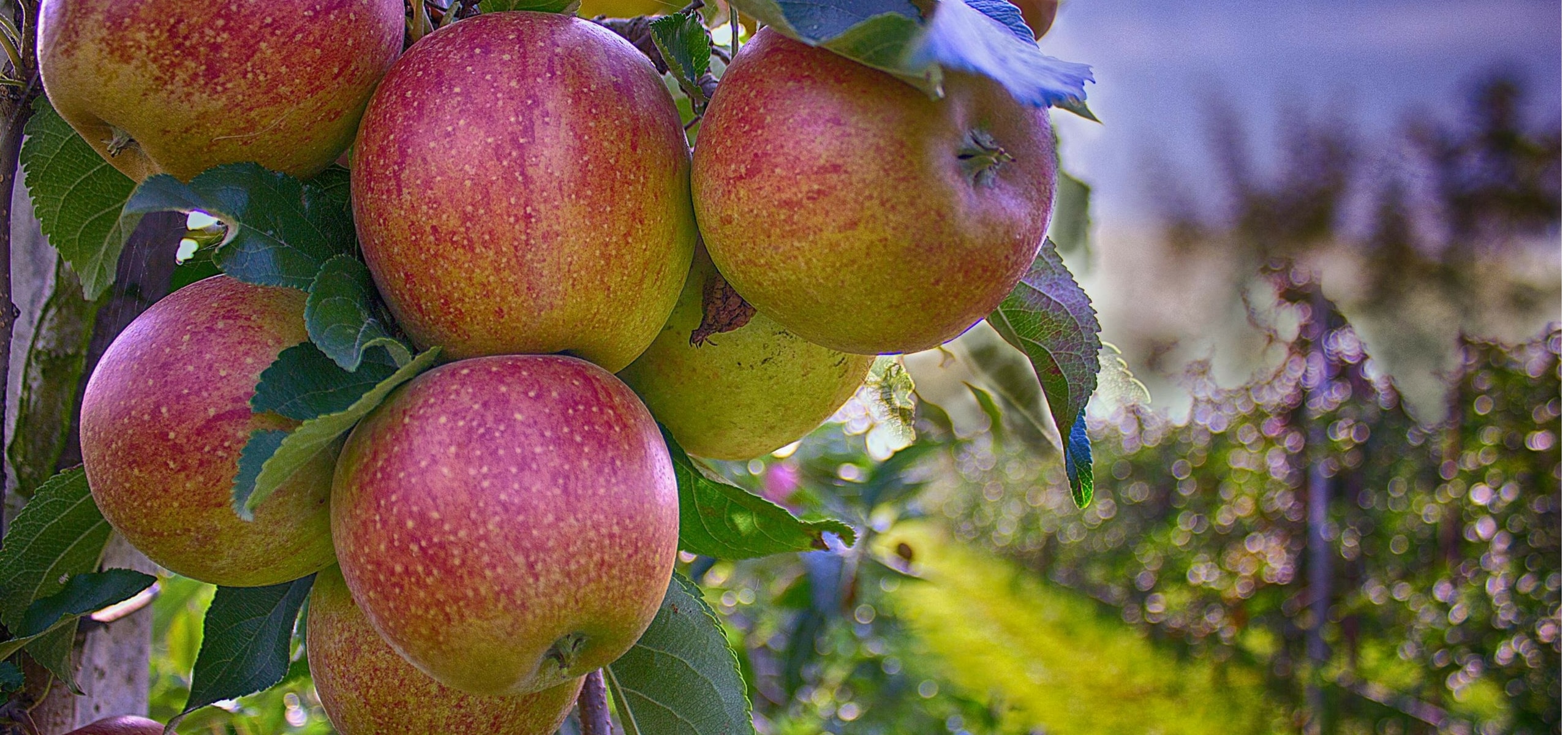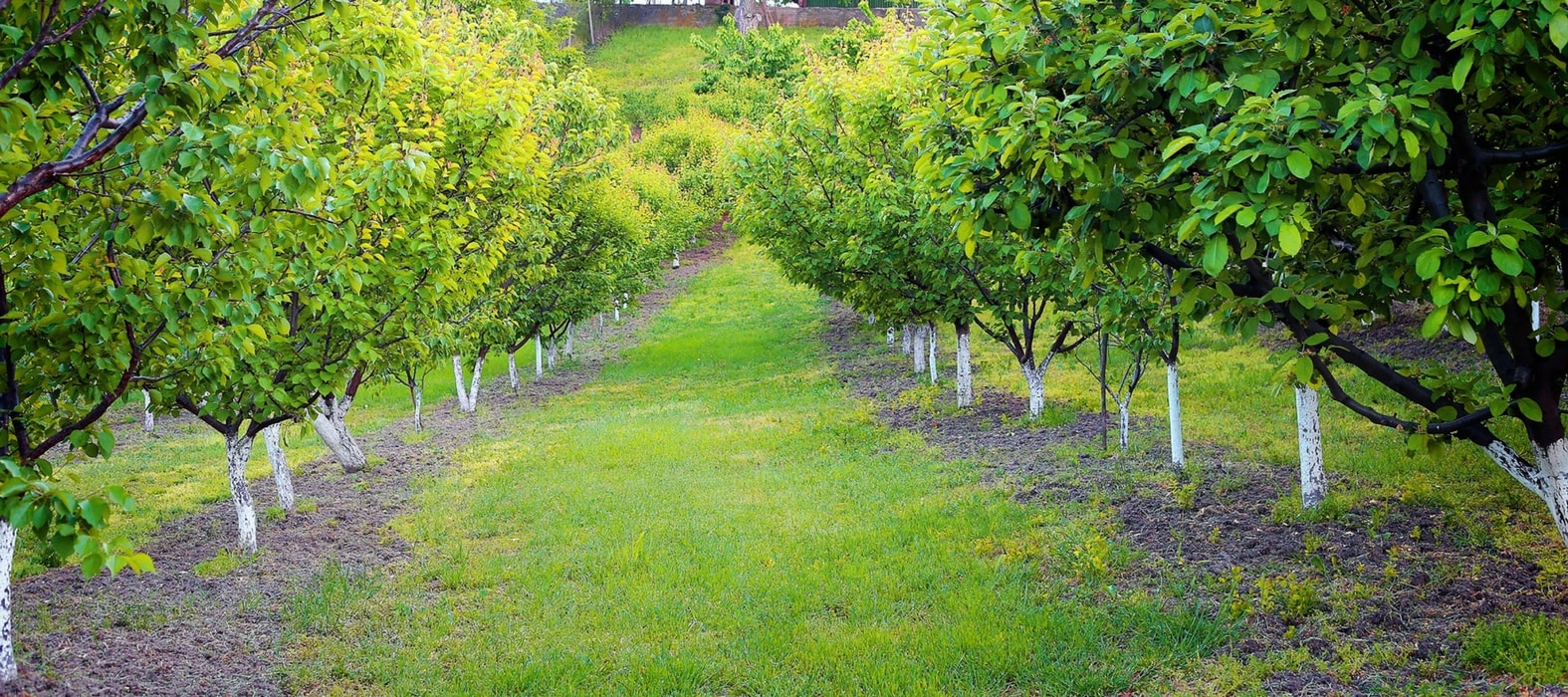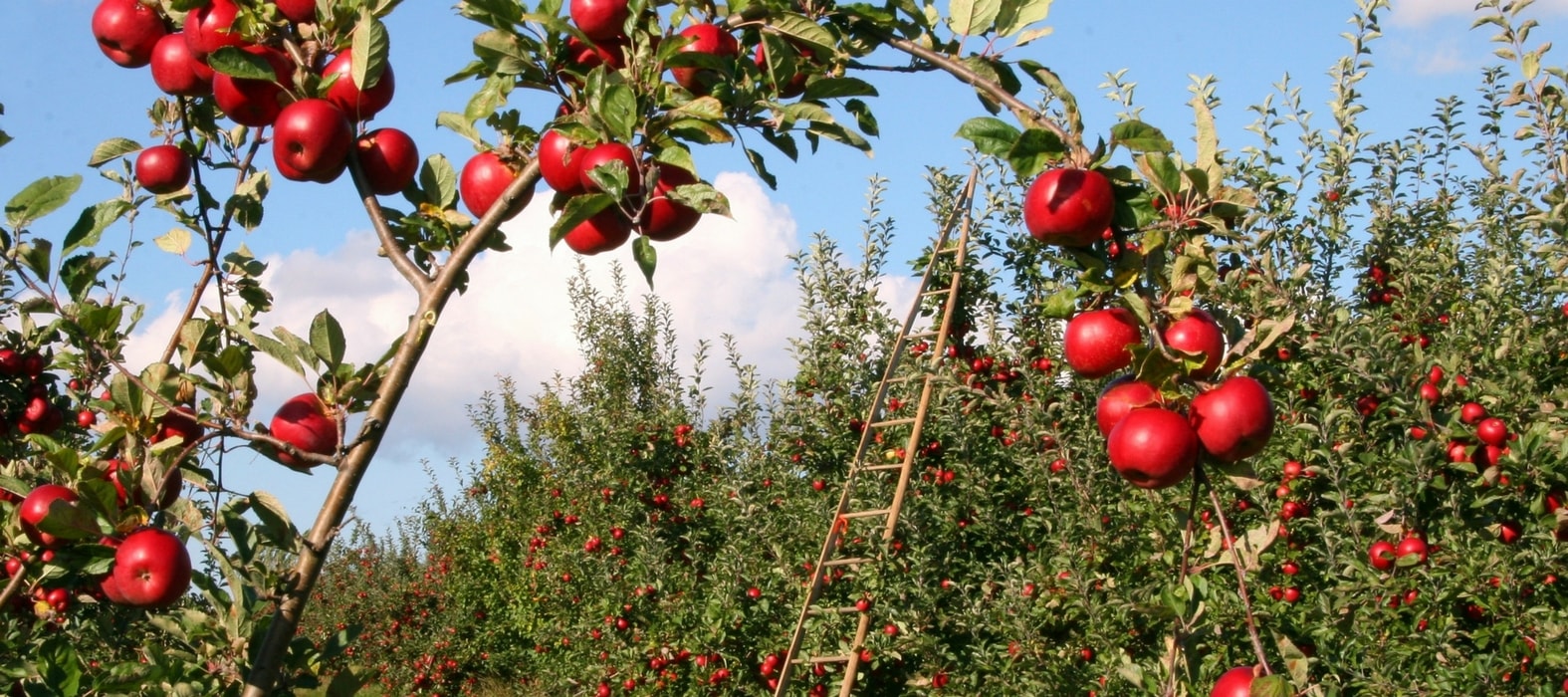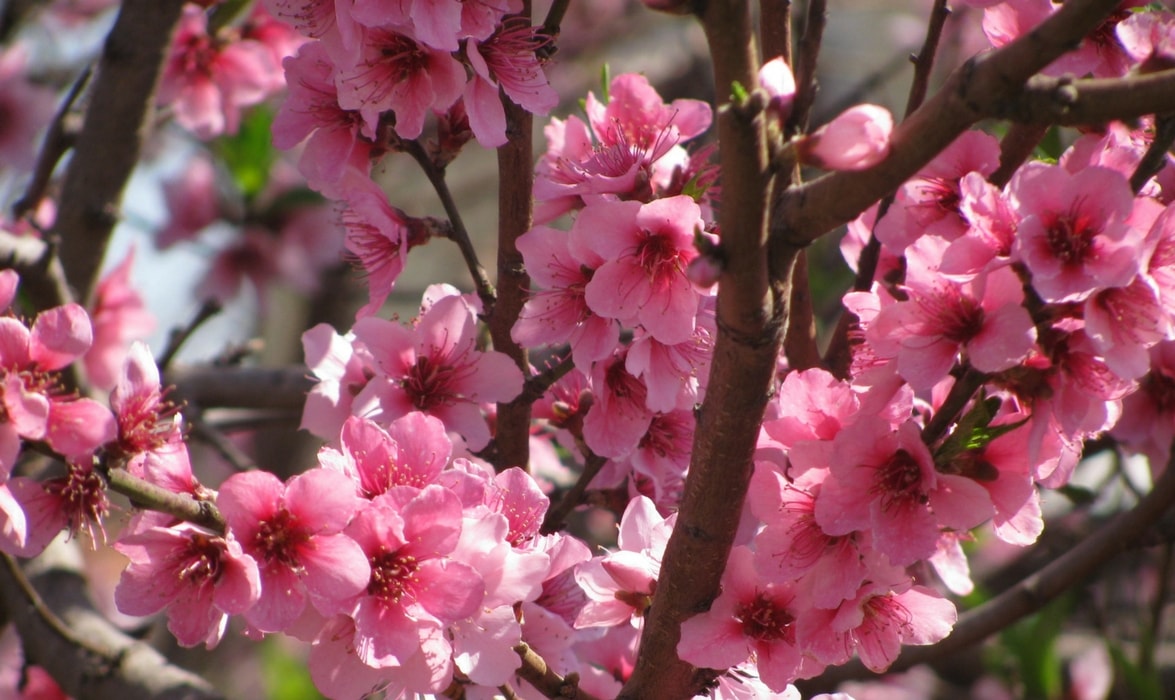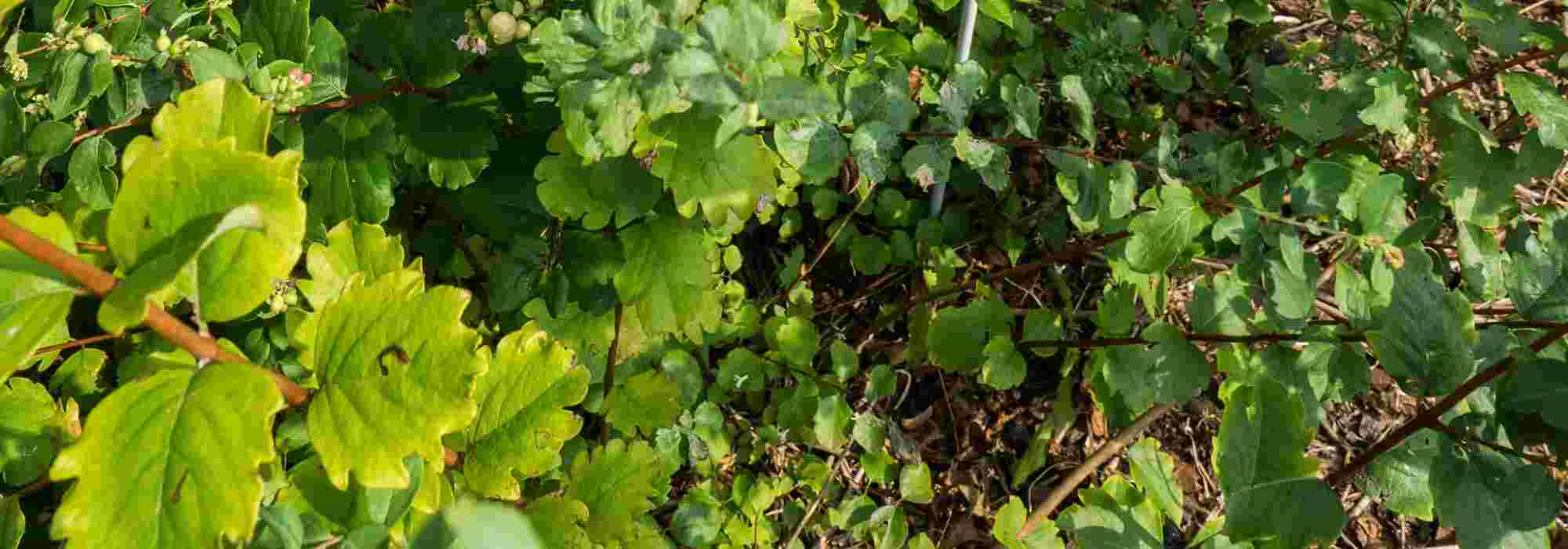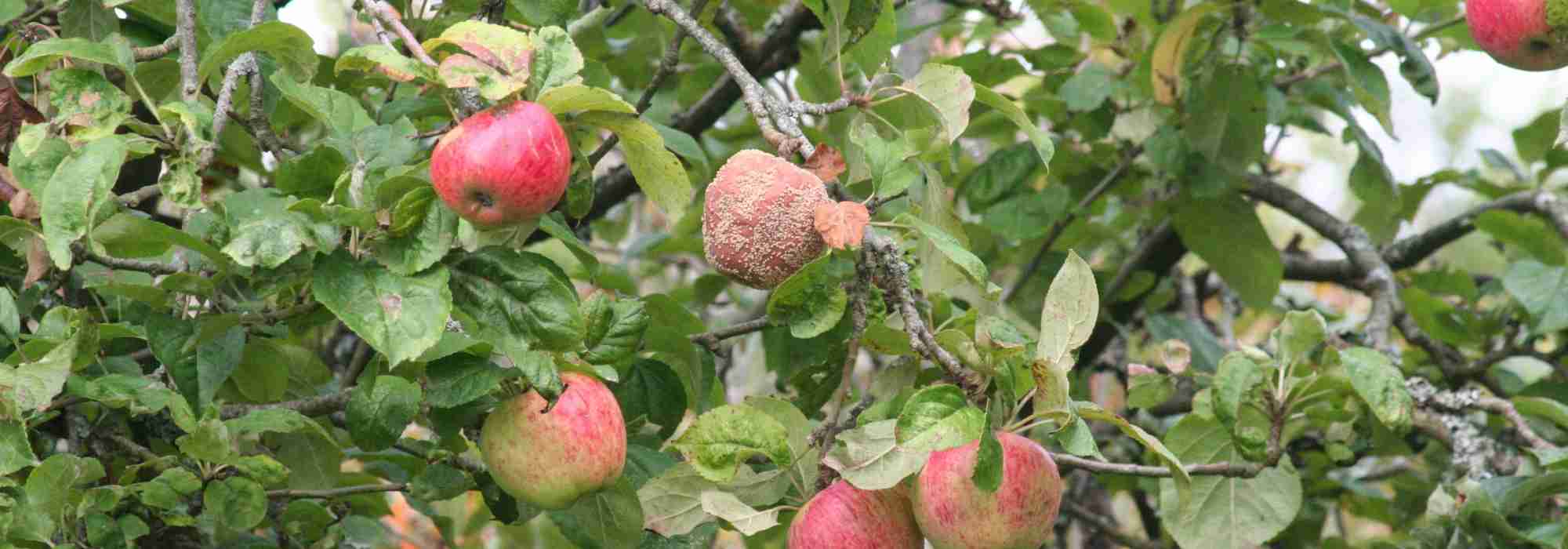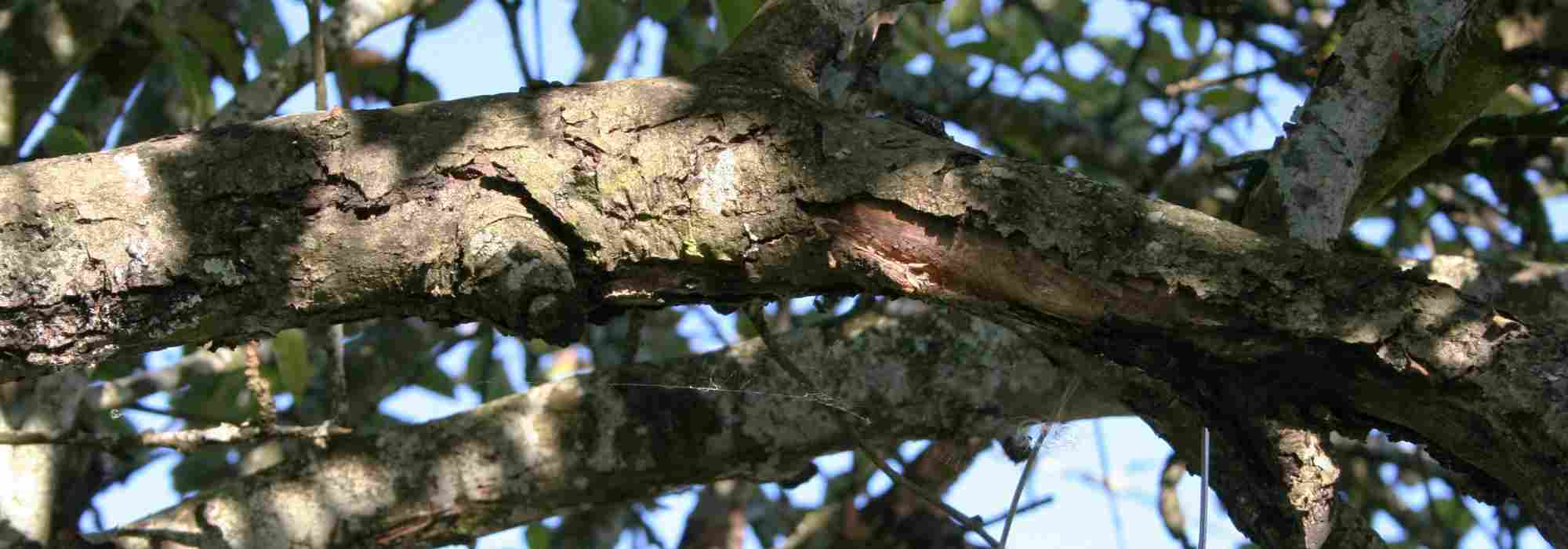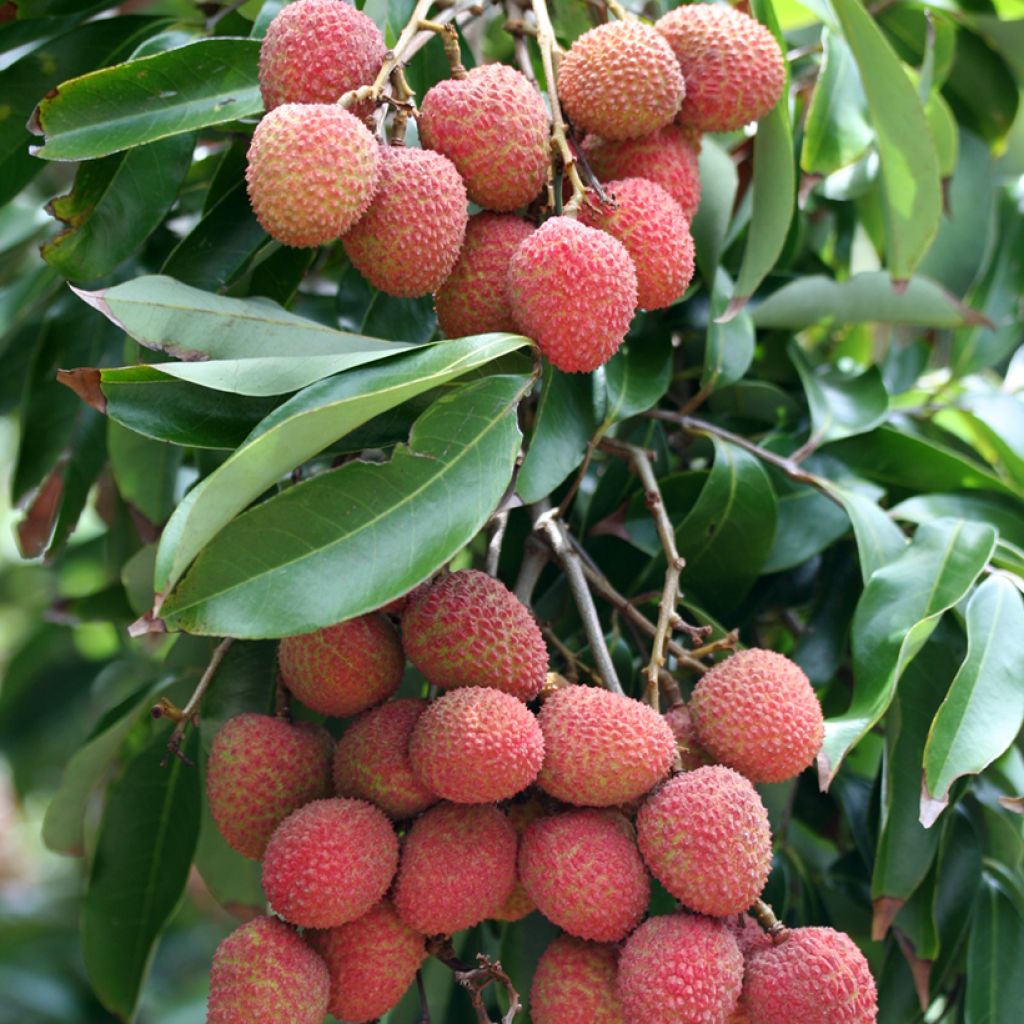

Lychee Tree Kwai May Pink - Litchi chinensis
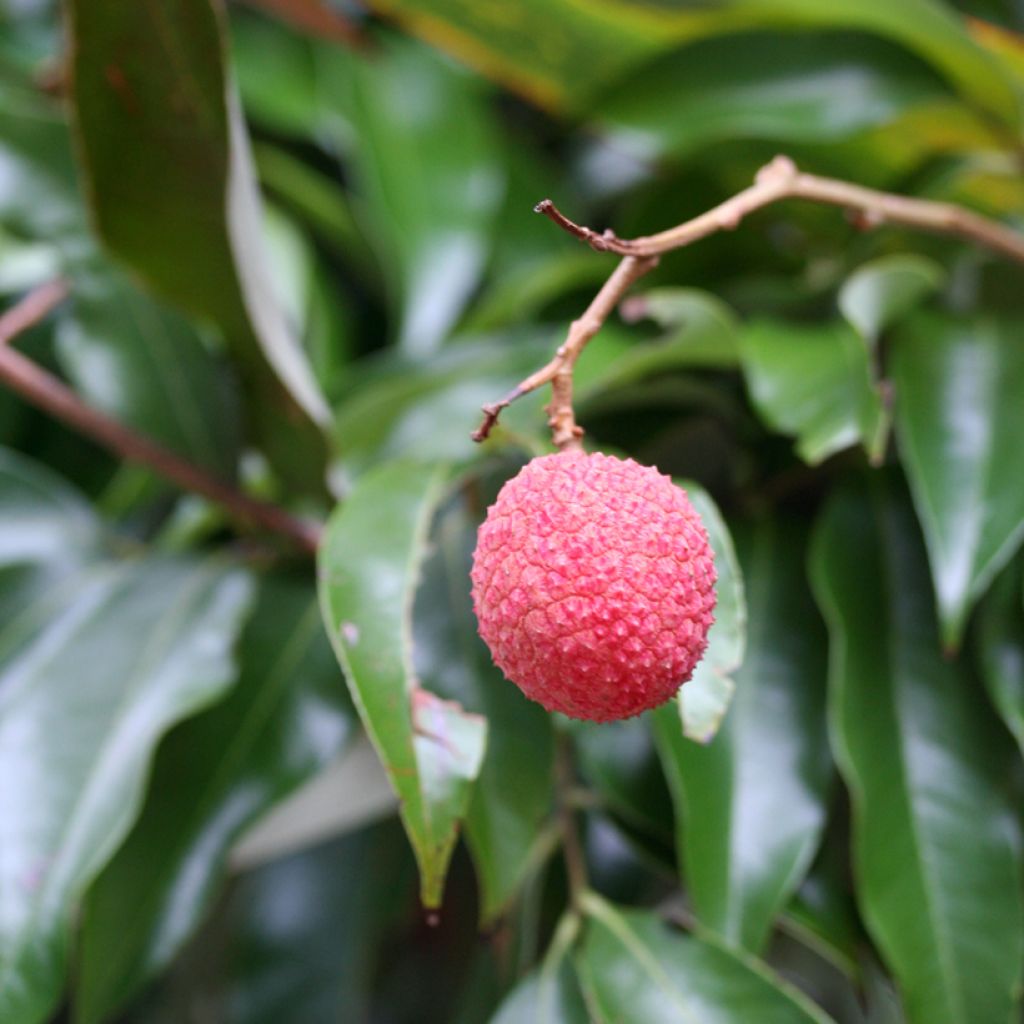

Lychee Tree Kwai May Pink - Litchi chinensis
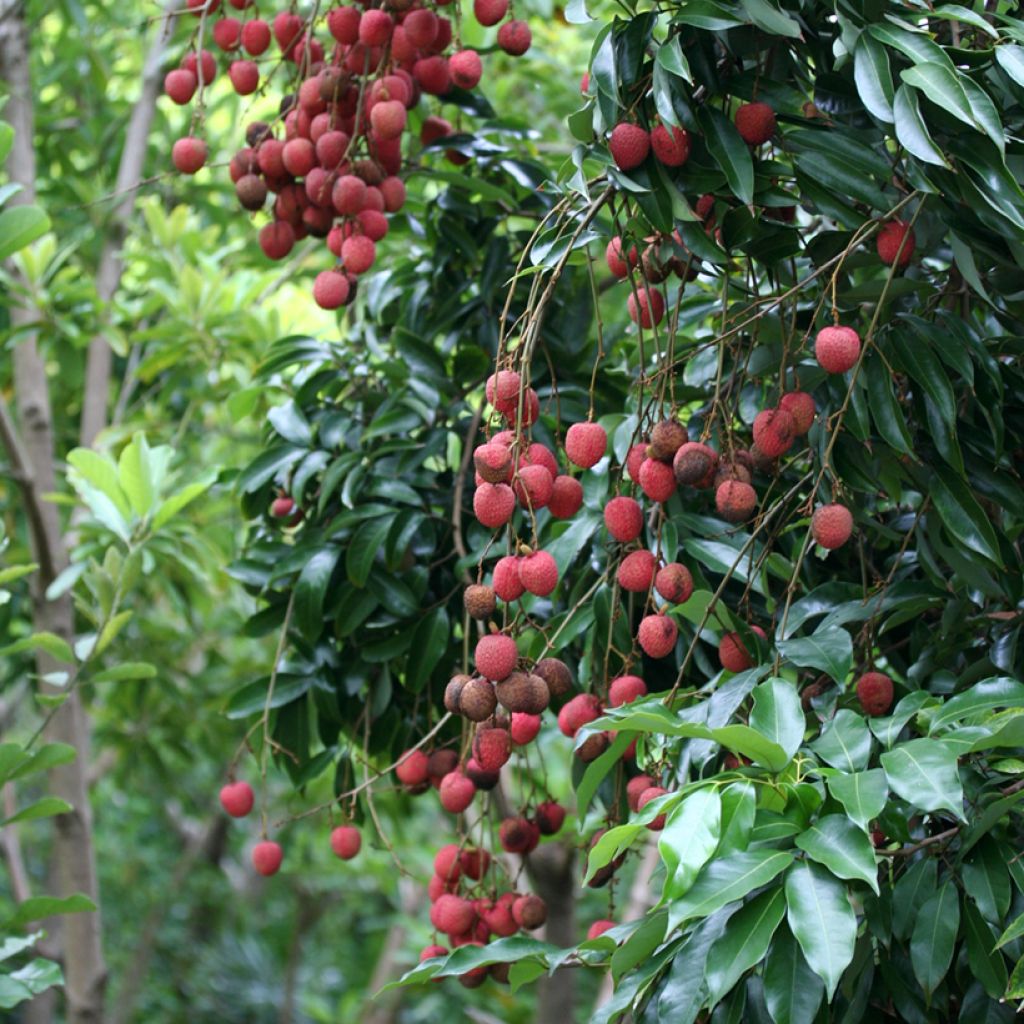

Lychee Tree Kwai May Pink - Litchi chinensis
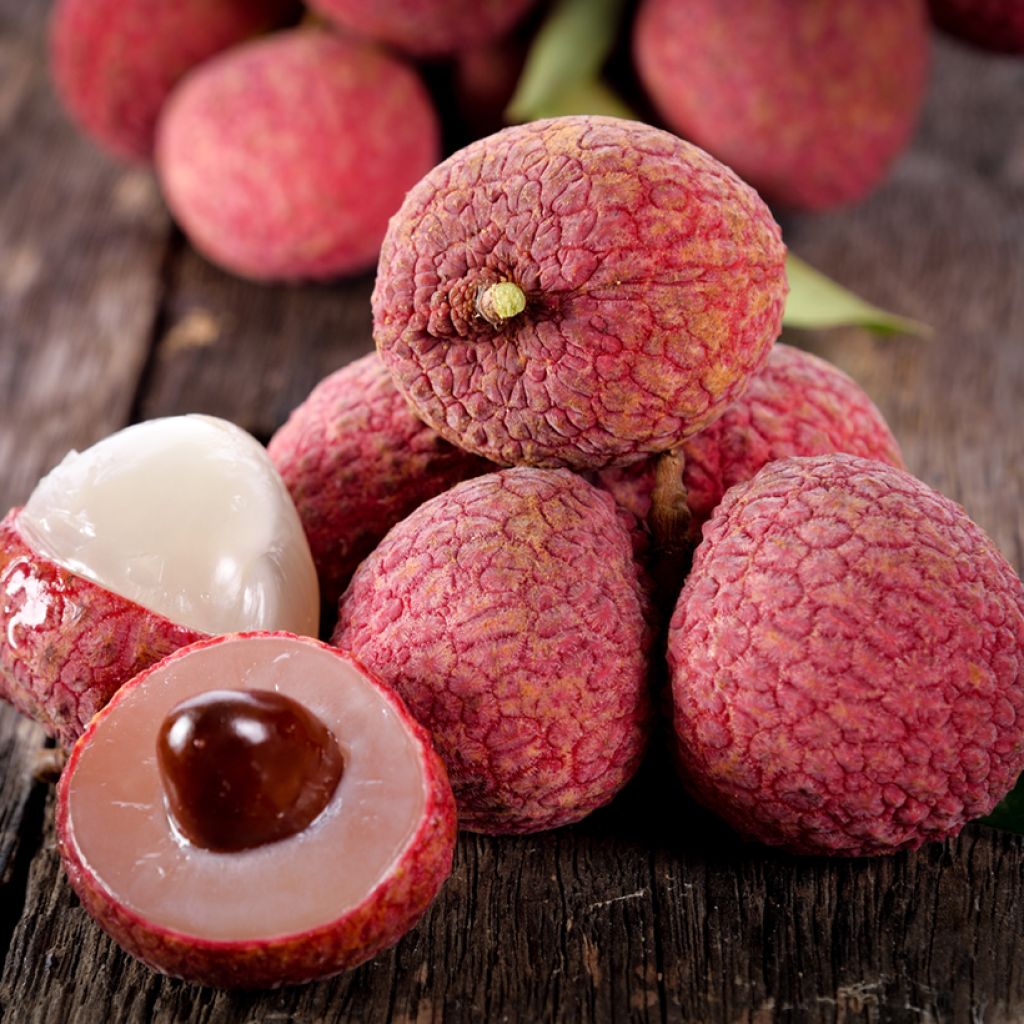

Lychee Tree Kwai May Pink - Litchi chinensis
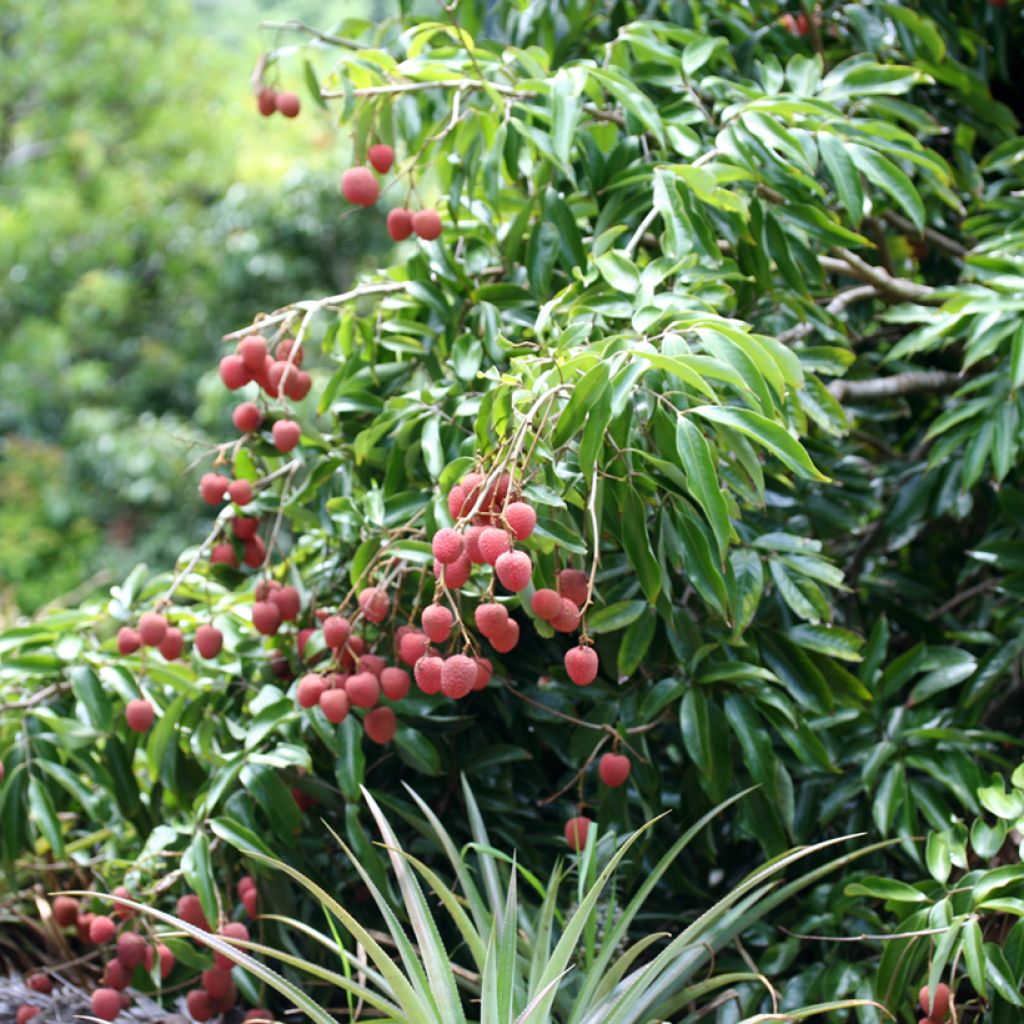

Lychee Tree Kwai May Pink - Litchi chinensis
Lychee Tree Kwai May Pink - Litchi chinensis
Litchi chinensis Kwai May Pink
Lichi, Litchi, Lychee
Special offer!
Receive a €20 voucher for any order over €90 (excluding delivery costs, credit notes, and plastic-free options)!
1- Add your favorite plants to your cart.
2- Once you have reached €90, confirm your order (you can even choose the delivery date!).
3- As soon as your order is shipped, you will receive an email containing your voucher code, valid for 3 months (90 days).
Your voucher is unique and can only be used once, for any order with a minimum value of €20, excluding delivery costs.
Can be combined with other current offers, non-divisible and non-refundable.
Why not try an alternative variety in stock?
View all →This plant carries a 6 months recovery warranty
More information
We guarantee the quality of our plants for a full growing cycle, and will replace at our expense any plant that fails to recover under normal climatic and planting conditions.
Description
Litchi chinensis ‘Kwai May Pink’, or pink lychee, is an exceptional variety in more ways than one, notably because it is better suited to our climates than the usual lychee varieties. The plant produces delicious, bright pink fruits of excellent flavour from a young age. They ripen by late summer. This small fruit tree adapts equally well to open ground in Mediterranean climates or to pots, greenhouses, or conservatories. The plant requires some winter chill to flower well and can survive brief temperatures as low as -4°C.
Litchi chinensis 'Kwai May Pink' belongs to the Sapindaceae family. This variety is sometimes sold under the name Bosworth 3, though there are differences with this Australian cultivar, whose origin is debated. 'Kwai Mai Pink' is believed to have been imported from southern China in the 1930s. Regardless, 'Kwai May Pink' boasts remarkable flavour and adapts to slightly cooler climates than other lychee varieties. The botanical species Litchi chinensis originates from southern China and is now cultivated in subtropical regions worldwide, particularly in Southeast Asia, India, Australia, South Africa, and certain Mediterranean zones.
Litchi 'Kwai May Pink' stands out for its compact, dense habit, making it better suited to pot cultivation than standard varieties. In open ground, it reaches up to 5 m in height, while in containers, it remains more modest, growing between 2 and 3 m, depending on pot size and pruning management. Its growth is moderate but steady under good growing conditions. Its evergreen, abundant foliage, finer than other varieties, consists of compound, pinnate leaves, measuring between 11 and 15 cm long. They feature 4 to 8 elongated, elliptical to lanceolate leaflets with a deep green and slightly glossy appearance. This dense foliage gives it year-round ornamental appeal. The trunk's bark is reddish-brown, smooth in young plants, becoming slightly fissured with age.
This self-fertile bush begins fruiting after 3-4 years of cultivation and bears fruit annually. Flowering occurs from late winter to early spring, depending on climate and growing conditions. The tree produces 10 to 40 cm floral panicles composed of small yellow or cream, lightly fragrant, nectar-rich flowers, highly attractive to bees, which ensure pollination. In greenhouse or conservatory cultivation, pollination must be done manually using a fine brush or by gently shaking the branches.
The fruits grow in clusters at the branch tips. The fruit of Litchi 'Kwai May Pink' is small, weighing between 15 and 20 grams. However, it compensates for its size with exceptional flavour. Its skin is rough, turning bright pink when ripe, a distinctive feature setting it apart from more brownish-pink varieties. Its translucent white flesh is extremely juicy and sweet, with a delicate, floral aroma reminiscent of muscat. Another advantage of this variety is its small stone, increasing the proportion of edible flesh. This lychee also stands out for its late harvest, typically occurring in September in temperate climates.
In terms of hardiness, Litchi 'Kwai May Pink' is relatively robust for a lychee and can withstand brief dips to -4°C. However, in prolonged frost, it is advisable to protect it in winter or move it to shelter. In pots, it will thrive in full sun with regular but moderate watering, avoiding excess moisture.
With its hardiness, generous yield, and exceptional taste, Litchi chinensis 'Kwai May Pink' is an ideal choice for exotic fruit enthusiasts looking to grow their own lychee in temperate climates.
Report an error about the product description
Lychee Tree Kwai May Pink - Litchi chinensis in pictures


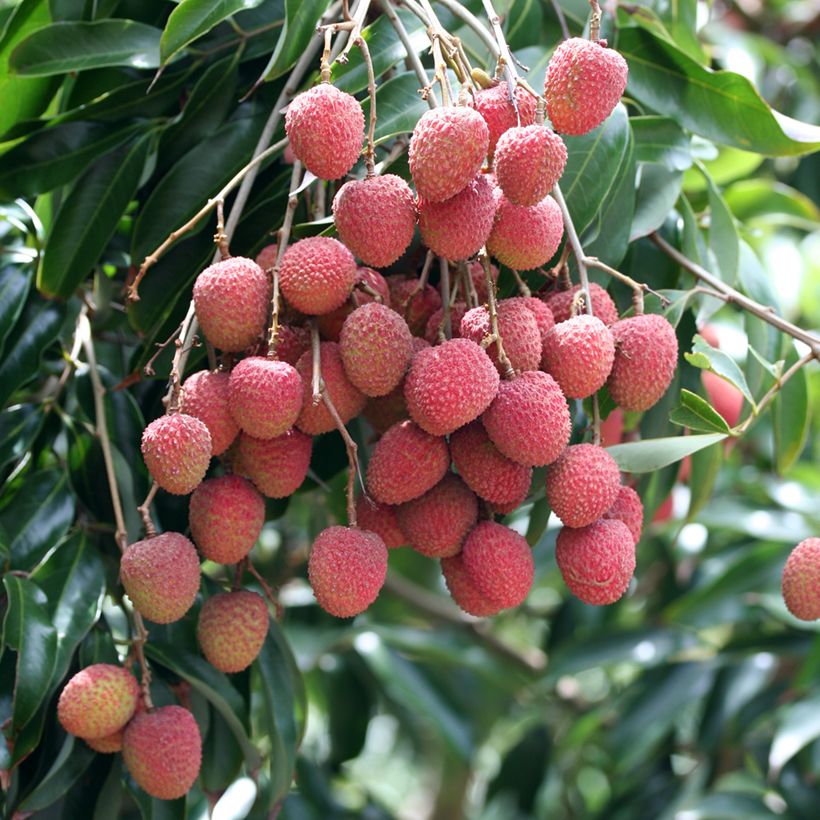

Plant habit
Fruit
Flowering
Foliage
Botanical data
Litchi
chinensis
Kwai May Pink
Sapindaceae
Lichi, Litchi, Lychee
Litchi sinensis, Nephelium litchi, Scytalia chinensis
China
Other Unusual and exotic fruit trees
View all →Planting and care
Plant Litchi chinensis ‘Kwai May Pink’ in spring, when temperatures are mild and the risk of frost has passed. It requires rich, light, moist, and well-drained soil, as well as a sunny position sheltered from cold winds. The soil pH should be between 5.5 and 7.5.
In the ground, this variety is suitable for Mediterranean regions (coastal areas) or subtropical climates. Plant the bush in a sunny and well-sheltered spot. Good protection is essential if temperatures are likely to drop below -4°C. A thick winter fleece will help mitigate the cold, but should be removed during the day as soon as temperatures rise above freezing. Mulching around the base in winter protects the roots.
In a pot, a large container of 40 to 50 litres is required, with drainage holes at the bottom, filled with a mix of Mediterranean plant compost, sand, and horticultural compost. In winter, the tree should be sheltered in a greenhouse, conservatory, or bright indoor space, with regular but moderate watering. In summer, it can be placed outside to enjoy sunlight and good ventilation.
It is important to prune Litchi chinensis 'Kwai May Pink' to maintain its shape and encourage good fruiting, whether grown in the ground or in a pot.
In the ground: Prune the tree after each harvest, removing inner branches to allow better penetration of light and air.
In a pot: Pruning is also essential for lychees grown in containers. After harvest, trim about 4 cm from the tips of the branches. This practice helps control the size of the tree, encourages dense branching, and improves fruit production.
Planting period
Intended location
Care
Planting & care advice
This item has not been reviewed yet - be the first to leave a review about it.
Haven't found what you were looking for?
Hardiness is the lowest winter temperature a plant can endure without suffering serious damage or even dying. However, hardiness is affected by location (a sheltered area, such as a patio), protection (winter cover) and soil type (hardiness is improved by well-drained soil).

Photo Sharing Terms & Conditions
In order to encourage gardeners to interact and share their experiences, Promesse de fleurs offers various media enabling content to be uploaded onto its Site - in particular via the ‘Photo sharing’ module.
The User agrees to refrain from:
- Posting any content that is illegal, prejudicial, insulting, racist, inciteful to hatred, revisionist, contrary to public decency, that infringes on privacy or on the privacy rights of third parties, in particular the publicity rights of persons and goods, intellectual property rights, or the right to privacy.
- Submitting content on behalf of a third party;
- Impersonate the identity of a third party and/or publish any personal information about a third party;
In general, the User undertakes to refrain from any unethical behaviour.
All Content (in particular text, comments, files, images, photos, videos, creative works, etc.), which may be subject to property or intellectual property rights, image or other private rights, shall remain the property of the User, subject to the limited rights granted by the terms of the licence granted by Promesse de fleurs as stated below. Users are at liberty to publish or not to publish such Content on the Site, notably via the ‘Photo Sharing’ facility, and accept that this Content shall be made public and freely accessible, notably on the Internet.
Users further acknowledge, undertake to have ,and guarantee that they hold all necessary rights and permissions to publish such material on the Site, in particular with regard to the legislation in force pertaining to any privacy, property, intellectual property, image, or contractual rights, or rights of any other nature. By publishing such Content on the Site, Users acknowledge accepting full liability as publishers of the Content within the meaning of the law, and grant Promesse de fleurs, free of charge, an inclusive, worldwide licence for the said Content for the entire duration of its publication, including all reproduction, representation, up/downloading, displaying, performing, transmission, and storage rights.
Users also grant permission for their name to be linked to the Content and accept that this link may not always be made available.
By engaging in posting material, Users consent to their Content becoming automatically accessible on the Internet, in particular on other sites and/or blogs and/or web pages of the Promesse de fleurs site, including in particular social pages and the Promesse de fleurs catalogue.
Users may secure the removal of entrusted content free of charge by issuing a simple request via our contact form.
The flowering period indicated on our website applies to countries and regions located in USDA zone 8 (France, the United Kingdom, Ireland, the Netherlands, etc.)
It will vary according to where you live:
- In zones 9 to 10 (Italy, Spain, Greece, etc.), flowering will occur about 2 to 4 weeks earlier.
- In zones 6 to 7 (Germany, Poland, Slovenia, and lower mountainous regions), flowering will be delayed by 2 to 3 weeks.
- In zone 5 (Central Europe, Scandinavia), blooming will be delayed by 3 to 5 weeks.
In temperate climates, pruning of spring-flowering shrubs (forsythia, spireas, etc.) should be done just after flowering.
Pruning of summer-flowering shrubs (Indian Lilac, Perovskia, etc.) can be done in winter or spring.
In cold regions as well as with frost-sensitive plants, avoid pruning too early when severe frosts may still occur.
The planting period indicated on our website applies to countries and regions located in USDA zone 8 (France, United Kingdom, Ireland, Netherlands).
It will vary according to where you live:
- In Mediterranean zones (Marseille, Madrid, Milan, etc.), autumn and winter are the best planting periods.
- In continental zones (Strasbourg, Munich, Vienna, etc.), delay planting by 2 to 3 weeks in spring and bring it forward by 2 to 4 weeks in autumn.
- In mountainous regions (the Alps, Pyrenees, Carpathians, etc.), it is best to plant in late spring (May-June) or late summer (August-September).
The harvesting period indicated on our website applies to countries and regions in USDA zone 8 (France, England, Ireland, the Netherlands).
In colder areas (Scandinavia, Poland, Austria...) fruit and vegetable harvests are likely to be delayed by 3-4 weeks.
In warmer areas (Italy, Spain, Greece, etc.), harvesting will probably take place earlier, depending on weather conditions.
The sowing periods indicated on our website apply to countries and regions within USDA Zone 8 (France, UK, Ireland, Netherlands).
In colder areas (Scandinavia, Poland, Austria...), delay any outdoor sowing by 3-4 weeks, or sow under glass.
In warmer climes (Italy, Spain, Greece, etc.), bring outdoor sowing forward by a few weeks.































